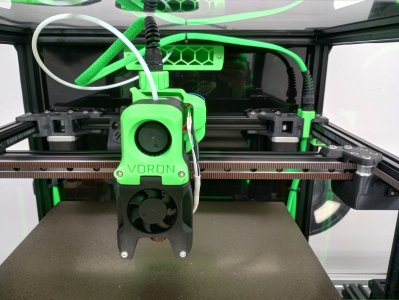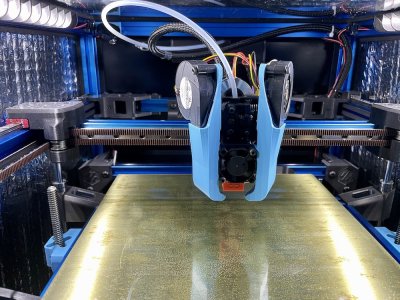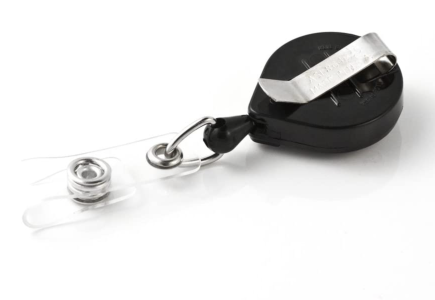I am running CAN with an umbilical in my Trident. The main issue is how to route/secure the umbilical without much Z clearance above the gantry. I route the wires up to the A motor mount and place a cable gland there and then tie off the cable with a ziptie on the horizontal rear extrusion up by the exhaust port. I'm using the PG7 cable glands that seem to be popular to help provide a large bend radius around the ends of the cables at the toolhead and the gantry connection. This is most important at the toolhead as that's the part of the umbilical that will see the most bending. The problem is that the gland height on top of the extruder. It's tall enough that it touches the top of the enclosure.
Overall, I think it is totally worth doing. The CAN protocol is a proven and reliable form of communication. If it's good enough for electrical systems in a car, it should be suitable for my printer. It was super easy to set up too.
Also, from what I've seen it seems that the cable chains provided in most kits seem to be improperly sized for the wad of cables they are carrying. People tend to pull the wires through to tightly, they add stuff to the toolhead, there are a lot of different types of wires and sheathings in the bundle, friction, it just seems like a problem. That's not really my area though, I bE a MecHanIcAl DesIgN EnGineEr. I used to do the electromechanical design thing back in the day, but I was always super conservative when it came to cable routing. Inevitably there would end up being way more crap at the end of the wires than what was originally spec'd. Feature creep is real and very apparent in this hobby where people like to add all the cool stuff to their printers. You buy a Formbot kit to save some money and a month later it looks like Doc Brown's DeLorean. Anyway, that's enough of that...I'll try to add pics of my setup if I remember.




